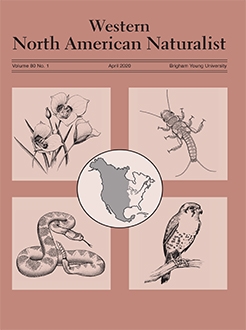The function of the nuchal hump on adult humpback chub (Gila cypha) has been the subject of longtime conjecture. Hypotheses about the purpose of the hump range from it being a feature that confers hydrodynamic advantages in swift water to speculation about how the hump may have reduced predation vulnerability to Colorado pikeminnows (Ptychocheilus lucius). We used comparative histology of the head region of captive-reared and wild specimens of humpback chub to evaluate whether histological examination could give insight into the function of the hump. Tissues were sectioned, stained, and photographed under a microscope at 2×, 4×, and 40× magnification. The hump is composed almost entirely of skeletal muscle, with little nervous system innervation or fatty tissue. Hump muscle and dorsal muscle appear very similar in terms of muscle cell size, fat content, and connective tissue content. No apparent differences exist between the hump tissues of wild-caught and captive-reared individuals. Histological analysis and study of the anatomical structure of the head through dissection, along with evidence from other species, suggest that the hump evolved to reduce predation vulnerability. Although the reason for the evolution of the hump in humpback chub remains uncertain, additional information about the composition of the hump can help to support or refute hypotheses related to its function.
How to translate text using browser tools
5 February 2020
What's in the Hump of the Humpback Chub?
David L. Ward,
Michael B. Ward
ACCESS THE FULL ARTICLE

Western North American Naturalist
Vol. 80 • No. 1
April 2020
Vol. 80 • No. 1
April 2020





